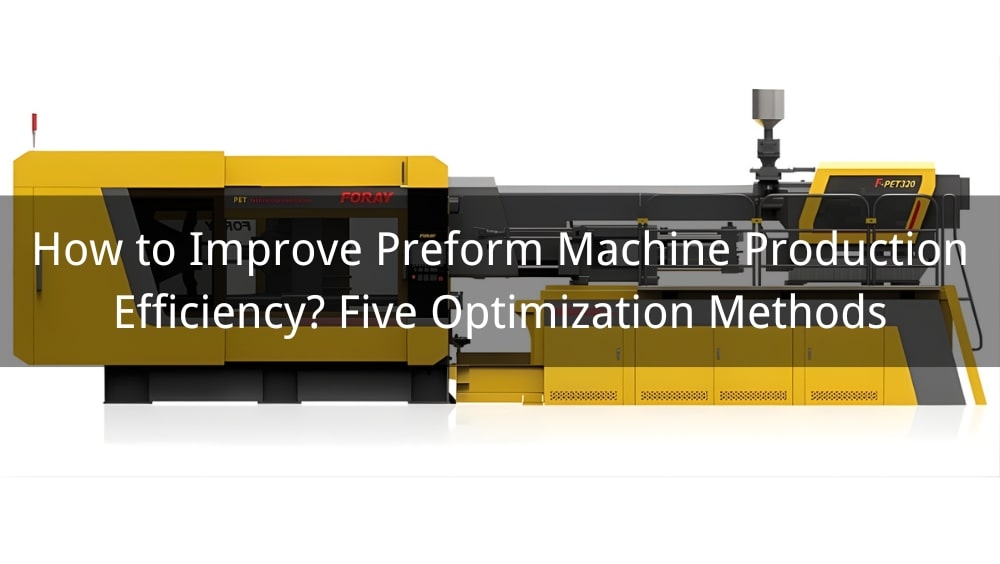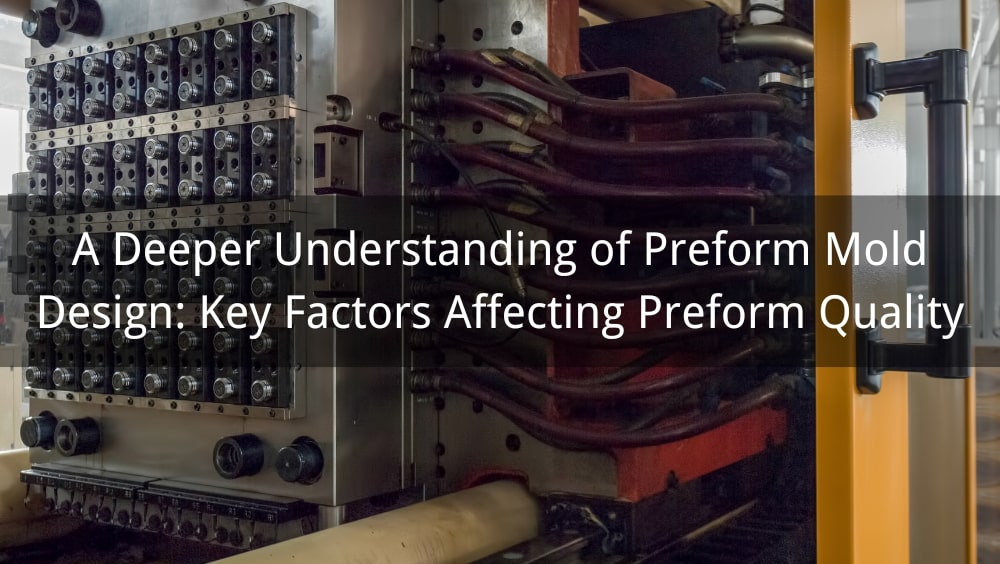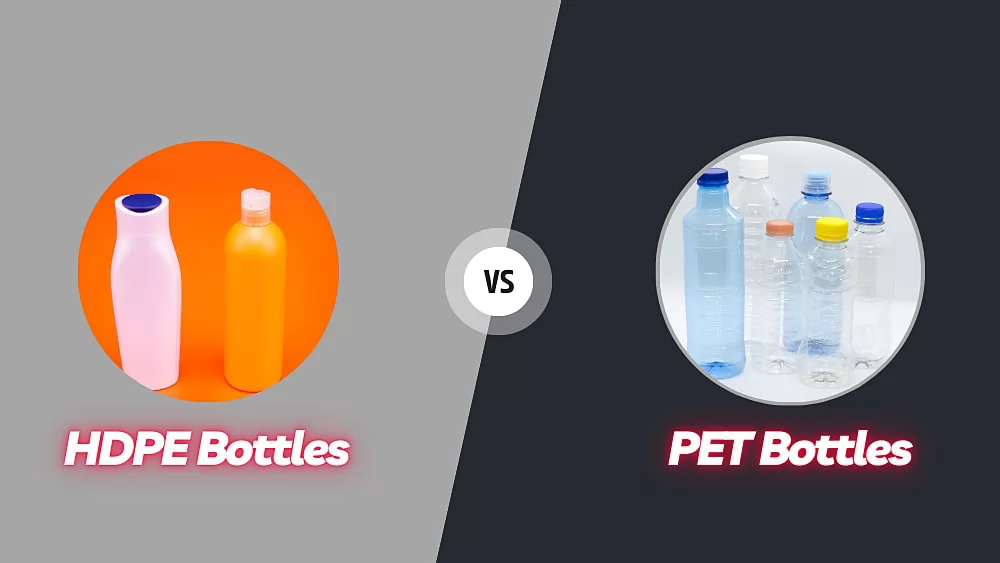
When it comes to choosing the right packaging material for your products, two of the most common options are HDPE bottles and PET bottles. Both materials offer unique advantages, but understanding their differences is crucial to making the best choice for your specific needs. This guide will help you navigate the world of HDPE vs PET bottles by breaking down their characteristics, uses, environmental impact, and cost-effectiveness.
|
Article Directory |
HDPE (High-Density Polyethylene) is a robust, versatile plastic known for its strength and durability. HDPE bottles are widely used in industries ranging from food and beverage to chemicals and household products. Their resilience against impacts and ability to protect contents from moisture make them a preferred choice for items like milk, detergent, and motor oil.
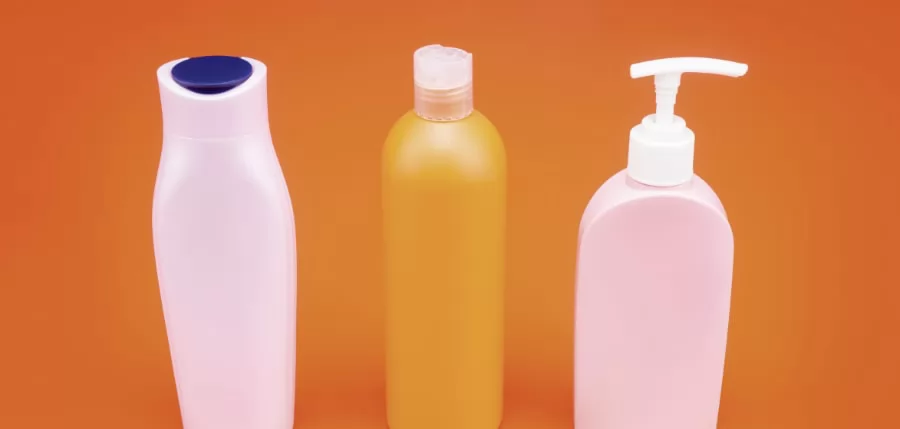
PET (Polyethylene Terephthalate) is a lightweight plastic known for its clarity and strength. PET bottles are commonly used for packaging beverages like water, soda, and juices. Their transparency and shatter-resistant properties make them a popular choice in the food and beverage industry.
For businesses looking to enter the PET bottle market, investing in a PET preform making machine can be a game changer.
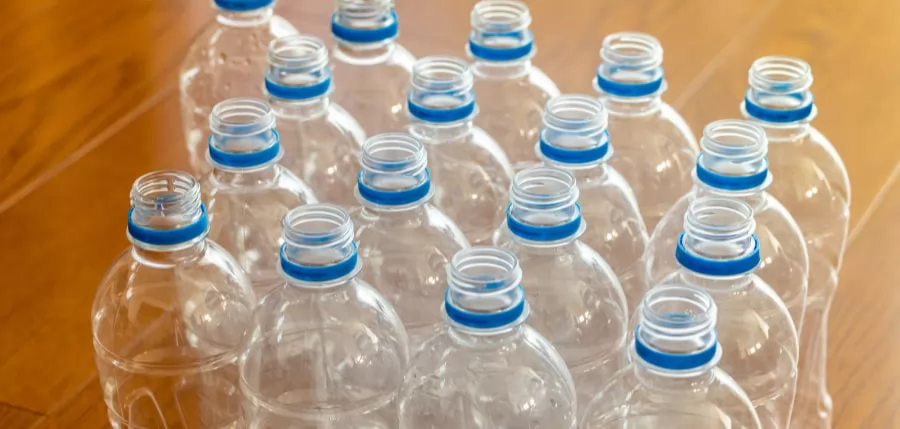
When comparing HDPE vs PET bottles, several factors come into play, including material properties, durability, environmental impact, and cost.
Understanding the environmental implications of HDPE and PET bottles is crucial for making sustainable choices. HDPE bottles are often favored for their recyclability and lower environmental footprint in production. The recycling process for HDPE consumes less energy, and the material can be reused multiple times without significant degradation.
On the other hand, while PET bottles are also recyclable, they require more energy to process. Additionally, the potential for microplastic contamination in oceans and ecosystems is higher with PET due to its widespread use in single-use products.
Choosing between HDPE vs PET bottles depends largely on the intended application. For industrial products, chemicals, or items requiring a strong, impact-resistant container, HDPE bottles are the better choice. They offer superior protection against harsh environments and chemical reactions.
For beverages, food products, or any goods where product visibility and lightweight packaging are priorities, PET bottles shine. Their clear, attractive appearance can boost product appeal, making them the go-to option for consumer goods.

When considering the cost of HDPE vs PET bottles, several factors should be taken into account. HDPE bottles are generally more affordable for products that require bulk storage or transport due to their durability and resistance to damage. The lower risk of product loss due to breakage also adds to their cost-effectiveness.
PET bottles, on the other hand, are competitively priced for products where aesthetics and lightweight packaging are critical. While the initial cost may be slightly higher, the savings in shipping and handling often balance out the investment.
In recent years, consumer preferences have shifted towards more sustainable packaging options. This trend has led to an increased demand for both HDPE and PET bottles that are made from recycled materials. Brands are also exploring the use of bioplastics to reduce their carbon footprint.
As awareness of environmental issues grows, companies are expected to continue innovating in packaging solutions. HDPE and PET bottles will remain at the forefront of these efforts, offering versatile, recyclable options for various industries.
The choice between HDPE vs PET bottles ultimately depends on the specific requirements of your product. HDPE bottles offer strength, durability, and chemical resistance, making them ideal for industrial applications. PET bottles, with their clarity, lightweight, and aesthetic appeal, are perfect for consumer goods.
By understanding the differences in material properties, environmental impact, and cost, you can make an informed decision that aligns with your brand’s goals and sustainability commitments.
1. What is the primary difference between HDPE and PET bottles?
The main difference lies in their material properties: HDPE bottles are more durable and resistant to chemicals, while PET bottles are clear, lightweight, and better suited for consumer-facing products.
2. Are HDPE and PET bottles recyclable?
Yes, both HDPE and PET bottles are recyclable, but the recycling process for HDPE is typically more energy-efficient.
3. Which bottle type is more cost-effective?
HDPE bottles are generally more cost-effective for bulk and industrial use, while PET bottles are economical for products requiring lightweight and attractive packaging.
What Is PET Preform: Everything You Need to Know
How to Solve Some Common Issues in PET Preform Manufacturing






